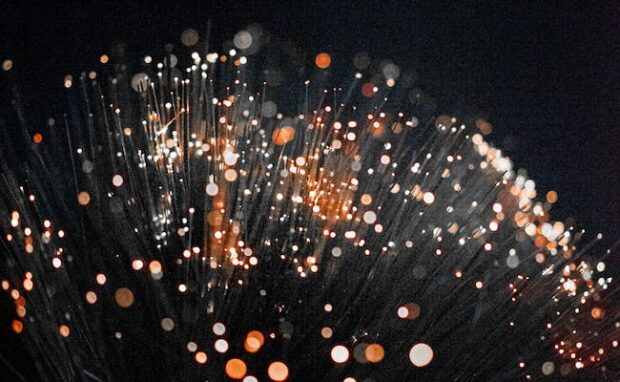Japanese internet sends 20x more data than global traffic
Japanese engineers broke records by sending 22.9 petabits per second of data through a single optical fiber. For reference, that is over 20 times the amount of data the world sends per second! Global internet traffic encompasses all types of online activities, such as video streaming, online gaming, file downloads, web browsing, etc.
Statista says the average global internet speed in 2023 was 46.8 Mbps. That means these engineers managed to exceed current optical fiber communications systems by over a thousandfold. Imagine having such a stupendously high internet speed! Everyone could share and take any online content without waiting anymore.
Let’s see how Japanese engineers achieved such ludicrous speeds for their internet connection. Later, I will share other online connectivity breakthroughs.
How did the Japanese reach such internet speeds?

Interesting Engineering says Japan’s National Institute of Information and Communications Technology (NICT) was the brains behind this innovation. The organization combined several technologies that utilize space and wavelength in optical fiber communications.
The website compared the process to widening roads, using various lanes and traffic signals to make the internet faster and transmit more information. The researchers discovered each core in the fiber cable could transmit data at a speed between 0.3 to 0.7 petabits per second.
Other internet providers rely on a single data-transmitting core. Conversely, NICT had 38 cores in its cable. Each can send data in three modes, totaling an impressive 114 spatial channels.
You may also like: What is WiFi Calling?
These increase the amount of data that can pass through the fiber using independent data channels across different wavelength bands. Also, each mode has 750 wavelength channels across the C, L, and S bands, resulting in a bandwidth of 18.8 terahertz.
Their combined speed reaches 22.9 petabits per second. Surprisingly, NICT hints they could further optimize their connectivity, boosting the speed from 22.9 to 24.7 petabits per second. Interesting Engineering says this makes NASA’s internet speed seem like a dial-up connection in comparison.
Other online connectivity innovations
NASA seems to have seen Japan’s progress in improving connectivity and has developed a similar project. The space agency recently succeeded in transmitting data with lasers!
NASA shared a clip with a deep historical significance to demonstrate this feat: a cat video. Its Jet Propulsion Laboratory’s website pointed to the cartoon character Felix the Cat.
In 1928, TV test broadcast transmissions showed a small statue of the cute feline. Also, the Internet was filled with cat clips during its early days.
That is why the National Aeronautics and Space Administration continued this tradition by beaming an ultra-high definition cat video from space.
NASA’s Psyche mission contained the Deep Space Optical Communications system transmitting that clip. It beamed a near-infrared laser beam containing data to Earth, which took 101 seconds and a maximum bit rate of 267 megabits per second (Mbps).
Then, the Hale Telescope at Caltech’s Palomar Observatory downloads the information. The Telescope sends each frame of the NASA cat video to JPL, where experts play it in real-time.
“This accomplishment underscores our commitment to advancing optical communications as a key element to meeting our future data transmission needs,” stated NASA Deputy Administrator Pam Melroy.
You may also like: AI may help us understand what cats say
“This accomplishment underscores our commitment to advancing optical communications as a key element to meeting our future data transmission needs,” she said.
“Increasing our bandwidth is essential to achieving our future exploration and science goals, and we look forward to the continued advancement of this technology and the transformation of how we communicate during future interplanetary missions.”
NASA only reaches 267 megabits per second, which pales compared to Japan’s internet, which reaches 22.9 petabits per second. Still, that’s impressive since the space agency created an internet connection between the Earth and space via lasers!
Conclusion
Japanese engineers achieved an internet speed of 22.9 petabits per second. That means they transmitted data that is 20 times more than the world’s transmission per second.
Japan hasn’t created a commercially viable version of this technology at the time of writing. That means you won’t get such blinding internet speeds while chilling in Tokyo.
Learn more about this internet connectivity breakthrough by reading its NICT webpage. Moreover, check out the latest digital tips and trends at Inquirer Tech.